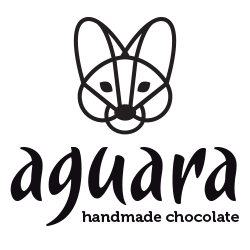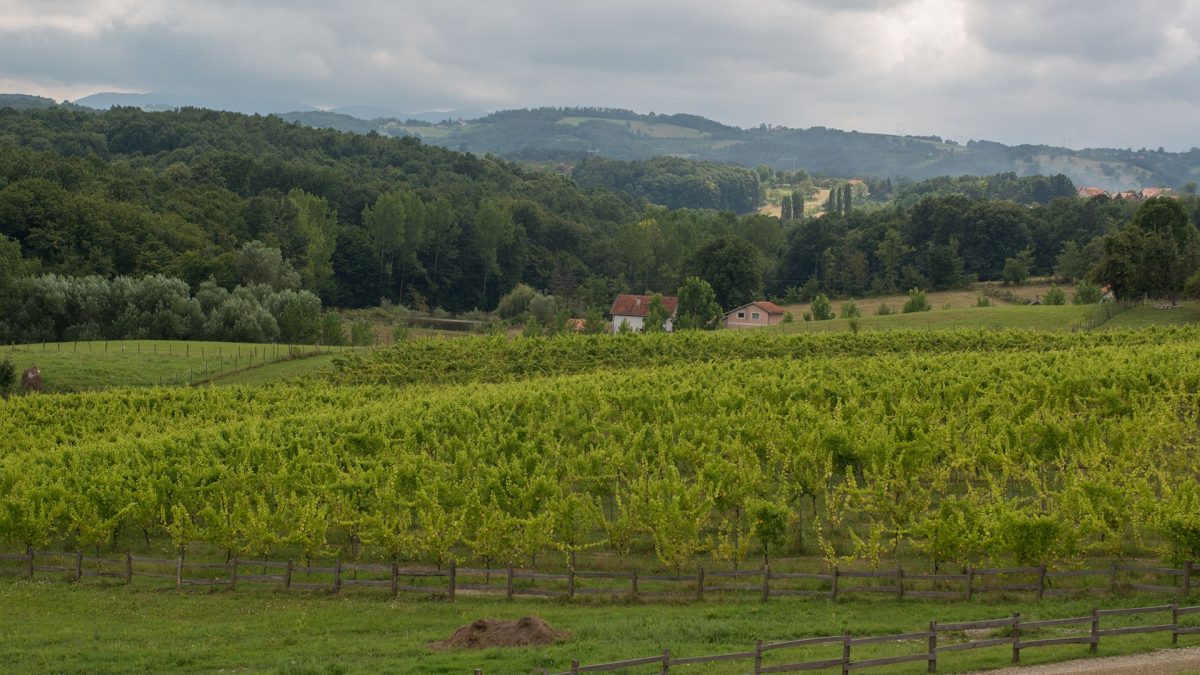When we say love or love ritual, what do we mostly think of? How many times have we fallen in love with someone? How many times did we want to win someone over? Some would think of magic, but no, it’s not about her today. Our recipe today is what makes love so mystical and so unique. A long-started love that has won many hearts for centuries and aids in their conquest. The love ritual of chocolate and vanilla is precisely what we’re about to talk about today. So we want to guide you to what the following labels on chocolates mean:
Bean to bar
Literal meaning is that the production of cocoa beans all the way to the finished product – chocolate bars or other product type is completed by the manufacturer who has this label on his packing’s.
Single origin label on chocolates
The label refers to the origin of the cocoa beans used to make the chocolate. This label is used for those products whose cocoa beans are from one place of origin. So we can have chocolates that come from one country, one region, but can also indicate grains from just one property or one plantation. There is no legal regulation what exactly is a single-origin meaning. This should take into account that there are those in the chocolate market bearing this label, but this does not mean that the end product, chocolate, is made only of these cocoa beans, but rather a mixture is used to obtain a specific flavor profile. On the other hand, a single origin and blend of cocoa beans can have the same quality of chocolate obtained. So it may be best to have a landmark and the type of cocoa beans used in production.
Grand Cru and Premier Cru
Like the best wines, beers, cognacs, or whiskeys, the top quality chocolate has its own label. The Grand Cru Chocolate label began to be used in 1980 in French Chocolates as a new marketing message in the fight against global competition. Also, this label indicates that cocoa beans come from a specific country or region. Following this designation, Premier Cru was created, indicating that the origin of the cocoa beans was from a particular area, such as plantations, within a single country or region. Unlike wine, here is the premier cru label for higher quality.
Artisan
Literally, this kind of chocolate would indicate craft. However, nowhere is their legal regulation for many chocolate shops, and factories also use this term as a marketing ploy. There is the fact that this kind of production is not really made by a series larger than 10,000 bars. But whether this applies to the day of the month, we are not entirely sure. What we can define in this kind of production is that it is not mass but craft or handmade, which never involves large batches of chocolate. For chocolates with this label, the main emphasis is placed on its quality and innovations in production, recipes, and packaging.
Vegan
When chocolate has this designation, it is understood that it does not contain eggs, dairy products, other ingredients of animal origin or ingredients processed with products of animal origin.
Raw Chocolate
Literally, this label on chocolates means that it is natural. But what makes these chocolates unique, and what makes them different from others? The main difference between commercial and raw chocolate is that the cocoa beans that make these chocolates never warm above 42° C. In commercial chocolates, cocoa beans are typically baked at 130-400° C and chemically treated. Raw chocolates generally contain only 3-4 ingredients: cocoa powder, cocoa butter, coconut sugar, and raw fruits or seeds. The popularity of such delicacies is increasing every day.
Soy Free
Chocolates with this label do not contain soy or products obtained directly from soy. We will dedicate a particular article to the emulsifier used in the production of chocolate, soy lecithin, as there has been a heated debate over and over in recent years.
Gluten-Free (Gluten-Free)
Generally, this label on chocolates indicates that there is no gluten in the chocolate. It is well known that Novak Djokovic is one of the leading promoters of the gluten-free diet and that this type of food has dramatically influenced his results. But back to gluten-free chocolates, or at least those that carry this label. Gluten is the name for a protein found in wheat, barley, and rye. Any product that does not contain the cereals listed above does not contain gluten and, therefore, chocolate. Although cocoa itself does not contain gluten, it is necessary to pay attention to the other ingredients, additives, or spices that are added to the chocolate.
Chocolate manufacturers have, on the one hand, companies that have opted for a certification for this label, while others, to avoid legal consequences, have nevertheless decided to put the well-known “gluten-free” label in each case.
NUT Free (nuts free)
This label is especially important for those who have various allergies to nuts, such as nuts, peanuts, etc.
Peanut Free (Peanut Free)
These products include neither peanuts nor peanut butter.
Converture
Chocolates containing a high percentage of cocoa butter (minimum 30%) and a high percentage of chocolate mass can be classified in this category. This type of chocolate has a smooth texture, melts quickly and evenly. It is mostly used in confectionery and bakery. They appear in all three forms as black, milk, and white.
Gianduja
It is made of chocolate and nuts. Hazelnut paste is most commonly used, but almond paste has been popular in recent years. It can be found as milk and black chocolate.
Fair Trade
The label applies to the entire supply chain. This tells us that higher social and environmental standards are set to fight poverty and empower producers in the poorest countries in the world.
Non-GMO label on chocolate
The label confirms that what is in and on the chocolate has gone through a verification and testing process. This tells us that the product contains no more than 0.9% GMO. Be aware that, unfortunately, today, there are almost no foods that are 100% NON GMOs. Without genetic modification.
We hope that we were able to eliminate some of the slightly confusing labels on chocolates, we have reached the end of this text. We hope that for those of you who have specific health problems, we have made it easier and more comfortable for you to look for the kind of chocolate you can enjoy.
Are there any tags that give you a headache in interpretation that we have not covered in this article?
We have already written about Sweet Chocolate History – Part 1 and Sweet Chocolate History – Part 2







